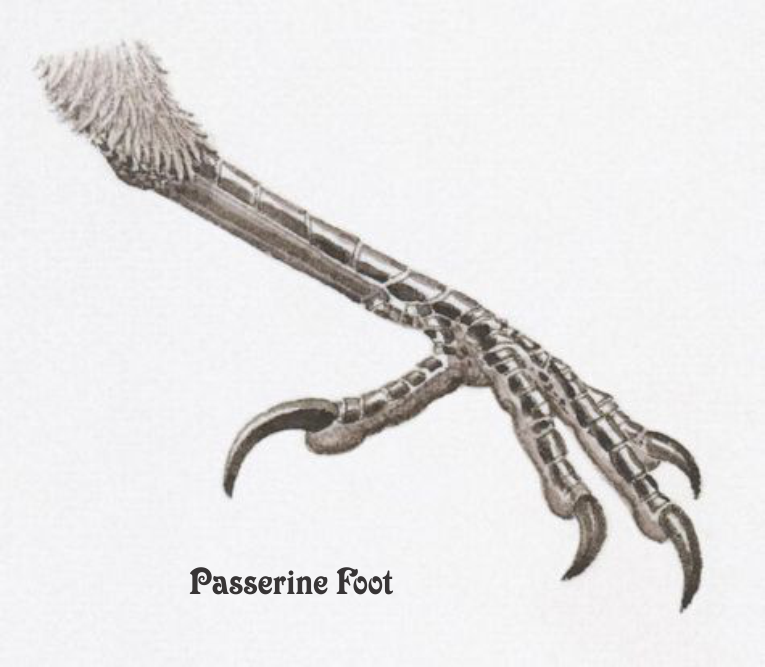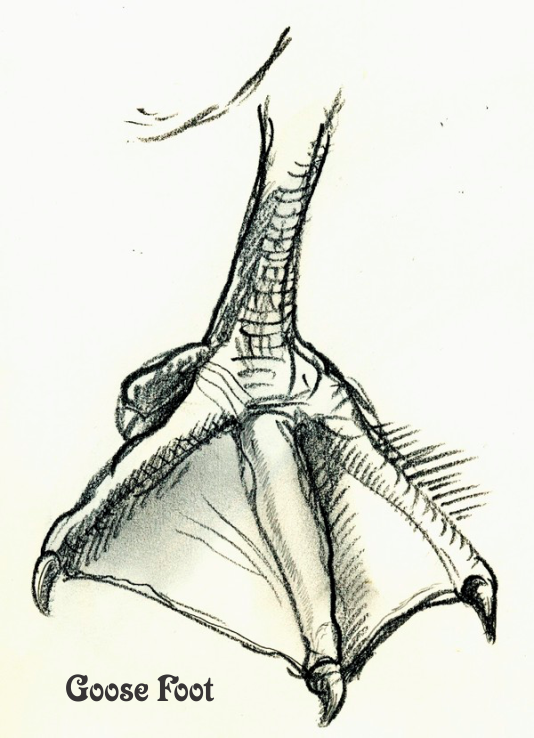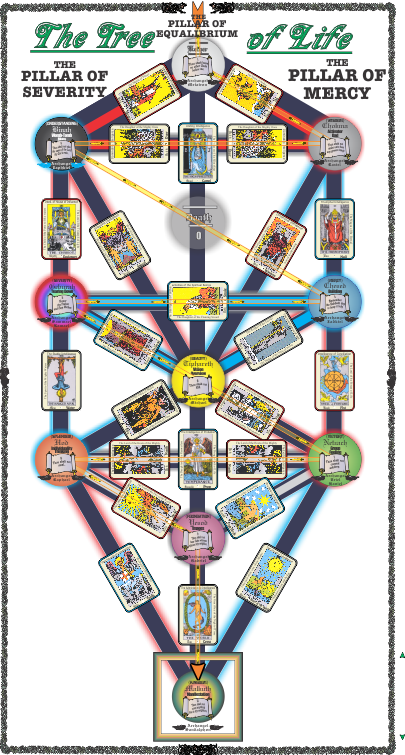

 Among the now professional birder branch of the family, I have heard much talk of "passerines". I had always assumed that the word referred to migratory birds, as I had some image of them "passing" back and forth across continents. But they are by no means migratory birds, certainly not exclusively, and although they seem generally to fit the category of "songbirds", that isn't their primary classifisation. Passerines are perching birds. They have three toes at the front and one at the back in order to hang onto branches. Passerines probably account for more than half of the bird population. Perching and singing! What a wonderful
Among the now professional birder branch of the family, I have heard much talk of "passerines". I had always assumed that the word referred to migratory birds, as I had some image of them "passing" back and forth across continents. But they are by no means migratory birds, certainly not exclusively, and although they seem generally to fit the category of "songbirds", that isn't their primary classifisation. Passerines are perching birds. They have three toes at the front and one at the back in order to hang onto branches. Passerines probably account for more than half of the bird population. Perching and singing! What a wonderful  adaptation! After all, you have to claim what is yours one way or another. When Charque and I were discussing this adaptation for perching, we both reacted almost simultaneously with a line from I Ching: "The wild goose draws near the tree. Perhaps it will find a flat branch." (Hexagram 53, Development/Gradual Progress, Six in the fourth Place, Wilhelm edition of I Ching). Obviously the wild goose is no passerine which I Ching seems to get! Yes, geese have other adaptations, but not perching. Generally, and rather obviously, passerines are small to medium in size. It goes with the turf, sorry, branch! It turns out "Passer" is the Latin name for Sparrow, so they are sparrow-like birds, or passeriformes. Who knew? It's really all rather basic when you get through the language maze: birds that are small, noisy, adaptable and common. Nothing ambitious there!
adaptation! After all, you have to claim what is yours one way or another. When Charque and I were discussing this adaptation for perching, we both reacted almost simultaneously with a line from I Ching: "The wild goose draws near the tree. Perhaps it will find a flat branch." (Hexagram 53, Development/Gradual Progress, Six in the fourth Place, Wilhelm edition of I Ching). Obviously the wild goose is no passerine which I Ching seems to get! Yes, geese have other adaptations, but not perching. Generally, and rather obviously, passerines are small to medium in size. It goes with the turf, sorry, branch! It turns out "Passer" is the Latin name for Sparrow, so they are sparrow-like birds, or passeriformes. Who knew? It's really all rather basic when you get through the language maze: birds that are small, noisy, adaptable and common. Nothing ambitious there!
When it comes to adaptation, Nature is the great teacher. And adaptation is a big part of life, both physically and metaphysically, collectively and personally. How do you adapt to situations  and people that you encounter? And how will you adapt as the planet and the collective continues its uneasy journey forward through the labyrinth of politics, economics, overpopulation, resources and climate? Not all situations in life are created equal. In Qabalistic language, some fall on the Pillar (Side) of Mercy, some on the Pillar (Side) of Severity, or as Lao Tzu puts it, "the easy and the difficult". When, to quote Hexagram 53 of I Ching, "the wild goose gradually draws near the tree. Perhaps it will find a flat branch", then you are facing a difficult situation which requires some adaptation in order that life may go on, even though you "may be surrounded by danger". I Ching councils being both "sensible and yielding "in such a situation. You face a situation that is neither natural nor easy. Some form of adjustment is required.
and people that you encounter? And how will you adapt as the planet and the collective continues its uneasy journey forward through the labyrinth of politics, economics, overpopulation, resources and climate? Not all situations in life are created equal. In Qabalistic language, some fall on the Pillar (Side) of Mercy, some on the Pillar (Side) of Severity, or as Lao Tzu puts it, "the easy and the difficult". When, to quote Hexagram 53 of I Ching, "the wild goose gradually draws near the tree. Perhaps it will find a flat branch", then you are facing a difficult situation which requires some adaptation in order that life may go on, even though you "may be surrounded by danger". I Ching councils being both "sensible and yielding "in such a situation. You face a situation that is neither natural nor easy. Some form of adjustment is required.
A quote that I found and liked many years ago, by a man, one William Arthur Ward, who has created a lot of quotes (and not all created equal, to my mind) states that:
"The pessimist complains about the wind;
The optimist expects it to change;
The realist adjusts the sails."
Pessimism has its obvious problems, with "failure to thrive". Optimism is vastly overrated and can often make you, well, frankly, stupid. There have been articles based on some form of research that claim that a certain amount of unhappiness or depression can make you smarter. Obviously the dose needs to be handled carefully! But the sailor who uses the winds to navigate his craft is another great metaphor of adaptation. You "adjust your sails" to the prevailing energy of the time. You try as much as possible to get beyond preconceived notions of "good and bad" or "right and wrong". You live in the moment, adapting to the summons and call of the moment, both outer and inner. Then, as Lao Tzu says in the "Tao Te Ching": "difficult and easy support each other" (second stanza). It's back to balance, temperance and mixing, in order to get the right amounts.
The Qabalistic Tree of Life is a tool that works with the concept of mixing and balancing. Loosely put, it pictures 10 spheres of activity in the cosmos, or in creation, or in life itself. These 10 spheres are positioned on one of three pillars: Mercy, Severity, and Equilibrium, often called Mildness. "Evil", or "Bad", or "Wrong" are a matter of imbalance, rather than absolute. Dion Fortune "The Mystical Qabalah" refers to positive and negative evil, not dissimilar to the Church's "sins of commission" and "sins of omission". The former is both conscious and wilful i.e. active; the latter is unconscious and neglectful i.e. passive. In any case, the Tree of Life helps to identify what is going on and where, and whether it is tending toward equilibrium or imbalance. In other words, how do you help or hinder yourself? A passerine claiming its nesting ground needs to sing as it flies from perch to perch in its terrain. A lost baby bird needs to chirp in order to get found by Mum. But a mother partridge will stay quietly hidden when danger threatens, thinking that way to attract less attention than her baby chicks out there in the tall grass. When do you need to be heard? When do you need to stay quiet? When is it time to act? When is it time to just observe? We will be working with the Qabalistic Tree of Life in class.